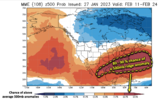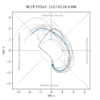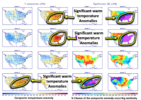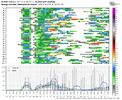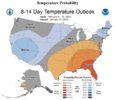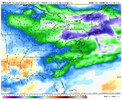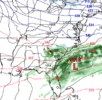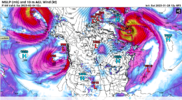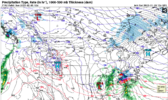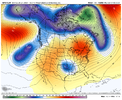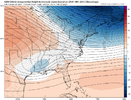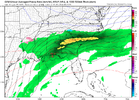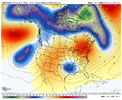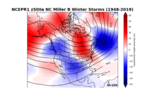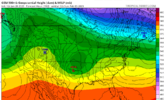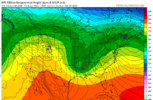LickWx
Member
I see more than 2 … I also see a grand total of 5 days in the 40s onlyGreensboro probably gets saved by a ton of CAD days. Which is one reason why I don’t pay attention to temp anomalies like that. I’ve had a grand total of 2 60 degree days here in January and it was literally “60 degrees” it has been numerous CAD filled days where we stay between 37-42 constantly. Below average highs but you’re running 5-10 “above average” technically because of the lows. If you look at this all those +5 to +10 temp anomalies you’d think it was spring the whole month when in reality it’s just been 40 degrees and raining the whole month


